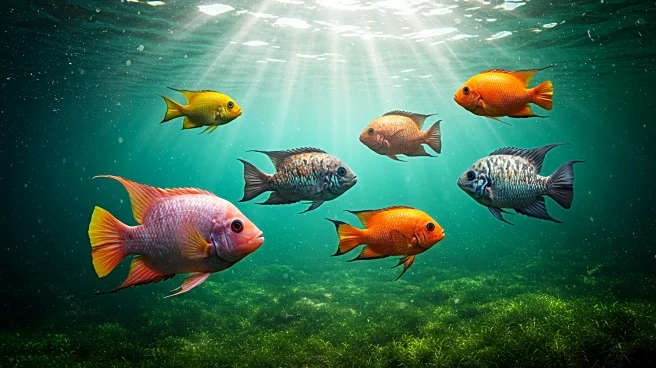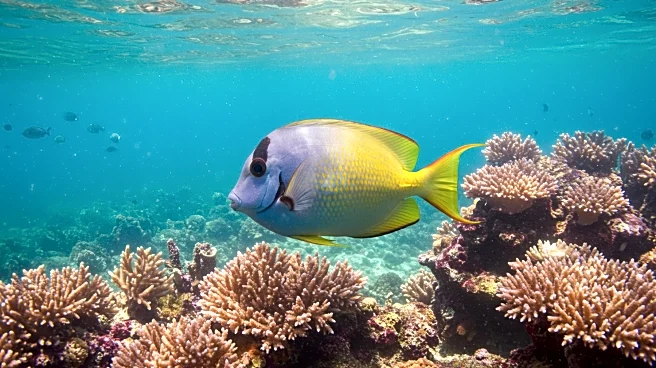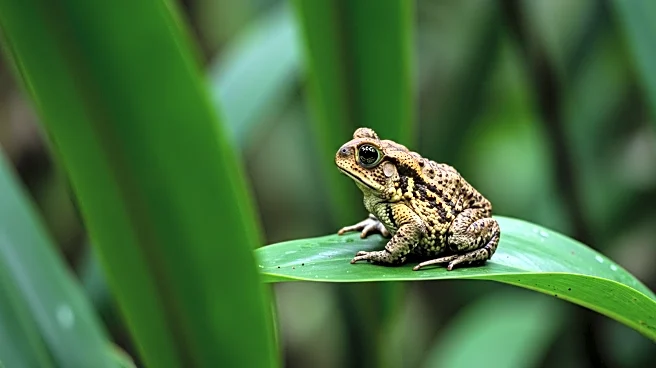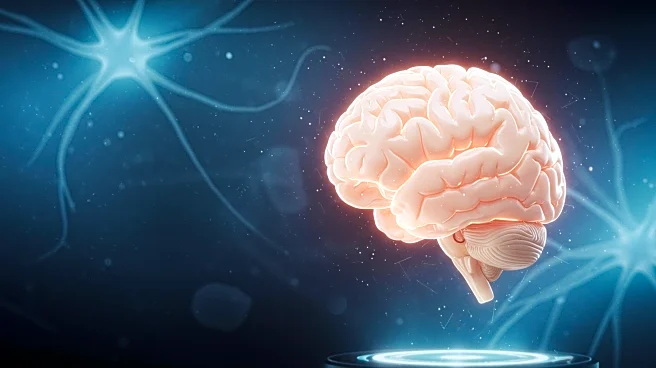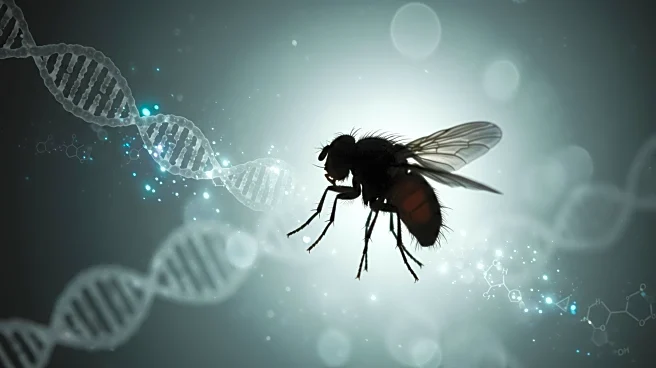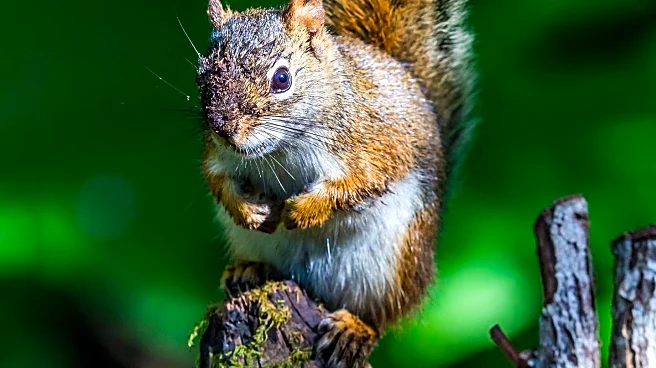What's Happening?
Researchers in Hungary have unintentionally created a new hybrid fish species known as 'sturddlefish,' a cross between the Russian sturgeon and the American paddlefish. The hybridization occurred during an attempt to breed Russian sturgeons in captivity, a species considered endangered. The process involved gynogenesis, a form of asexual reproduction requiring sperm but not incorporating its DNA. However, the sperm from the American paddlefish unexpectedly fused with the sturgeon eggs, resulting in hybrid offspring. The survival rate of these hybrids varied, with some displaying more sturgeon-like traits and others resembling paddlefish. Approximately 100 sturddlefish remain alive, and researchers have no plans to create more.
Why It's Important?
The accidental creation of the sturddlefish highlights the complexities and potential unintended consequences of genetic and reproductive research. This development raises questions about the ethical implications of hybridization and the management of endangered species. The sturddlefish's existence could impact biodiversity and conservation strategies, as it introduces a new species that was not naturally occurring. The event underscores the need for careful consideration and regulation in scientific experiments involving genetic manipulation, particularly when dealing with endangered species.
What's Next?
While the researchers have stated they do not intend to produce more sturddlefish, the incident may prompt discussions within the scientific community regarding the oversight and ethical guidelines of genetic research. Conservationists and policymakers might explore the implications of hybrid species on ecosystems and biodiversity. The event could lead to increased scrutiny and potential regulatory changes in genetic research practices, especially concerning endangered species.
